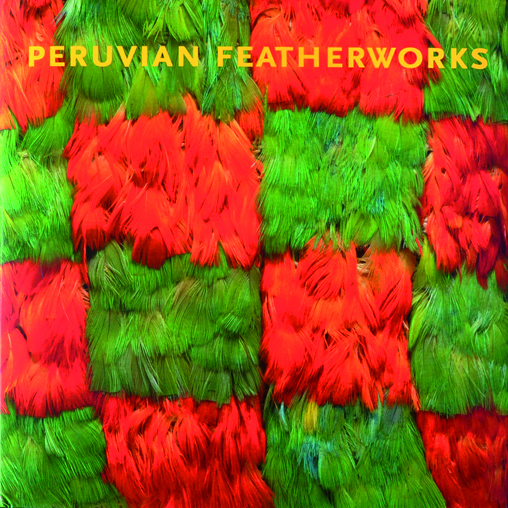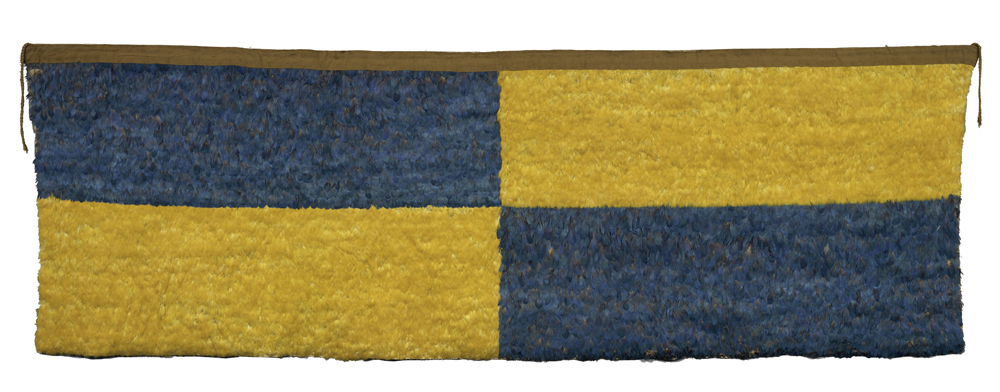 Art of the Precolumbian Era, Heidi King; Yale University Press, New Haven/USA, London 2012, ISBN 978-0-300-16979-9; 232 pages, 200 colour ills., English text; $ 60
Art of the Precolumbian Era, Heidi King; Yale University Press, New Haven/USA, London 2012, ISBN 978-0-300-16979-9; 232 pages, 200 colour ills., English text; $ 60
This attractive publication harks back to an exhibition entitled “Radiance from the Rain Forest – Featherwork in Ancient Peru”, held at the New York Metropolitan Museum of Art from 26th February to 1st September 2008 and again this time from Sept. 16, 2013 – may 12. 2004. The exhibition curator and author of the book is a research assistant at the Department of Arts of Africa, Oceania and the Americas of the above-mentioned museum. The exhibition was the first at an American museum to focus exclusively on this subject. As early as the third millennium BC, Andean peoples used feathers in various religious and secular rites. In the first millennium AD, the Nazca inhabiting the Pacific side of the Andes buried offerings of feather clothing and figurines adorned in precious materials that measured only a few centimetres in size. In the 7th and 8th centuries, the Wari of the southern highlands employed large panels decorated with radiant macaw feathers. Further north, the kings of the Chimú culture wore feathered garments. Their successors, the Inca, were said to cover the roads of their capital, Cuzco, in dyed and feathered fabrics during royal weddings. The 2008 exhibition presented 70 exhibits from museums and private collections as well as feather textiles from the Metropolitan Museum’s own collection. We are told that to date, this Peruvian art form has not been researched widely. However, in TF 2/2005 (see p. 38) we reviewed James W. Reid’s splendid book, “Magic Feathers – Textile Art from Ancient Peru”, which includes bibliographical details, as well as two books published in Argentina and Germany respectively: “Las culturas verdes – Arte plumario de los pueblos de la selva” and “Federarbeiten der Indianer Südamerikas” (see TF 2/2009, pp. 34/35). The present publication includes seven contributions: 1) Feather Arts in Ancient Peru (Heidi King), 2) Early Featherwork from Ocucaje (Ann Pollard Rowe), 3) The Feathered Dresses of Cahuachi (Mary Frame), 4) A Woman’s Feathered Cloth from Cerillos (Mercedes Delgado), 5) Chimú Feathered Offerings from the Huaca de la Luna (S. Uceda & H. King), 6) Sacred Featherwork of the Inca (Johan Reinhard) and 7) Techniques and Conservation of Peruvian Feather Mosaics (Christine Giuntini). A list of museums holding noteworthy collections of featherwork, a comprehensive bibliography and an index conclude the publication. Hint: This book was reviewed in TF 4/2012 (p. 40)
- Panel, Peru; reportedly from Corral Redondo, Churunga Valley. Feathers on cotton, camelid fiber; 7th – 10th century. Courtesy: The metropolitan Museum of Art